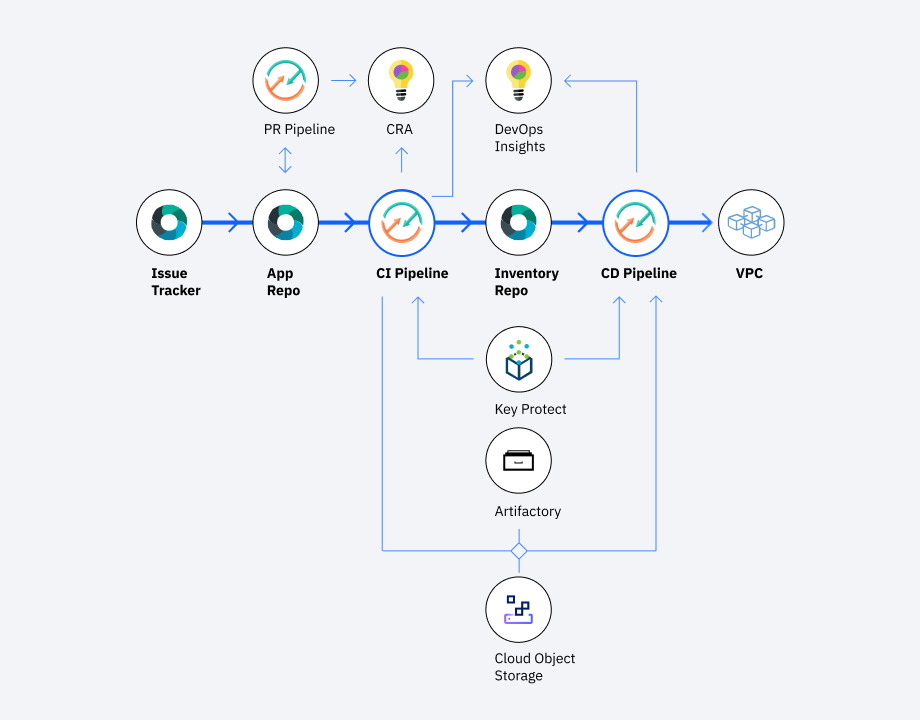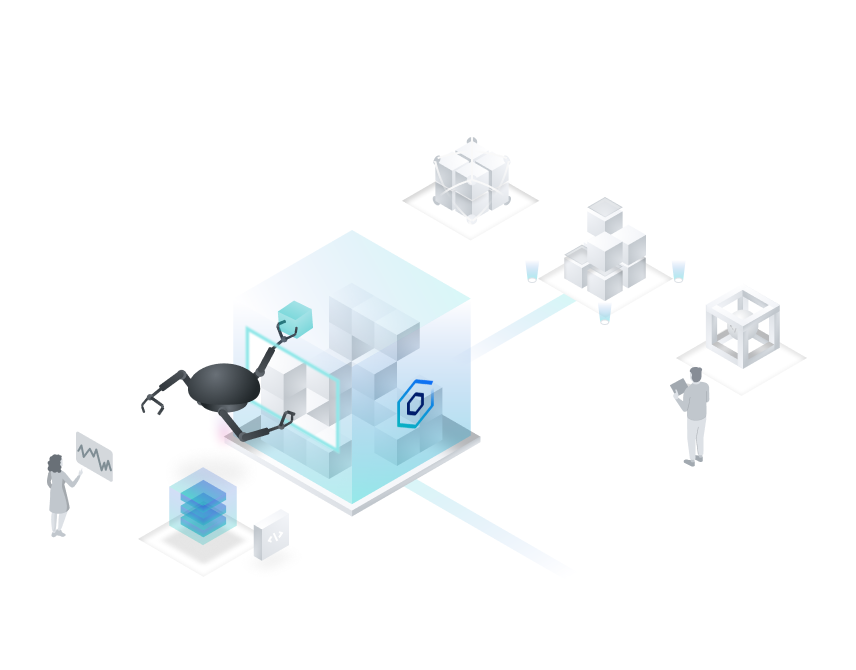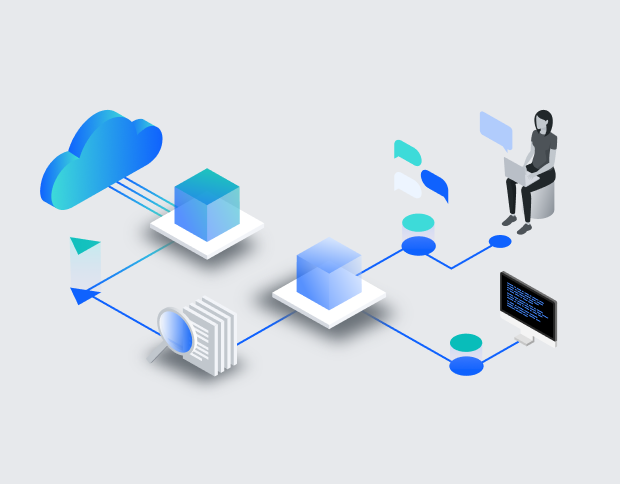Company / IBM
Role / Designer working with 2 other designers, a UX researcher, 3 product managers, a content developer, a visual designer and 3 squads of developers
Tools / Figma, Invision Freehand, Adobe Illustrator, UserTesting.com, Amplitude, Mural, Github, Slack, Box, WebEx
Timeline / 12 months
I was responsible for conducting user research, facilitating stakeholder workshops using Mural, creating low-fi flows using Invision and mid to hi-fi designs using Figma.
1. Context
PRODUCT USE / Cloud Engineering teams for enterprises (airlines, banks, governments) can build, manage and upgrade their Openshift clusters using RedHat Openshift (ROKS) on IBM Cloud. They can also integrate with other IBM services (such as Observability) as part of the managed PaaS (Platform as a Service).
USERS / Infrastructure Builders, Infrastructure Administrator and Cloud Engineers.
Competitive landscape / RedHat Openshift console, Azure RedHat Openshift, AWS ROSA.
Synthesis of research findings
2. Research study
Needs / We tested the current 'as-is' experience with five internal users and five external users that aligned with our user personas.
Collaboration / I worked with a User Researcher on usability testing using UserTesting.com. We collaborated with Product Owners to utilise feedback and suggest design improvements which updated the product roadmap.
pain pointS DISCOVERED /
1. Integrating clusters with other IBM services (eg new IBM Log Analysis instance) to a cluster was a time-consuming process for users. Users leave the cluster create experience, create a Log Analysis instance, wait for it to provision, return to cluster page, refresh and then add to cluster order.
2. To save time, most users connected instances after cluster was provisioned. Estimating true costs of a managed cluster was difficult, as the order summary would not reflect the costs of the services being connected post-provisioning.
3. Users may not discover errors with service integrations until after cluster is provisioned.
4. Some users opted to integrate their own third party service to the cluster. This takes less steps then the current workaround. This is a poor experience for a managed IBM service.
SUMMARY /
Our research identified that users cannot easily integrate an instance of another IBM Cloud service when provisioning a cluster in the UI.Mid-fidelity Invision prototype looking at improving painpoints
3. Seamless integrations
proposed / Building on research findings, I proposed to design a new component to allows users to enable and configure multiple integrations in one or two clicks. This would also allow users to get an improved estimated cost of the managed ROKS service.
4. New toggle component
SOLUTION / I designed a component with support from a Visual Design lead.
The component allowed users to enable and configure multiple integrations within a provisioning flow. When integrations are enabled, configurations and create functions are returned to the parent component via callback.
We made the component flexible (responsive, with a wide and narrow version) so other IBM Cloud teams could use it in their own 'Create' flow. Component styling aligned with IBM's internal, design system, Carbon.
New instance created using 'one-click' toggle
Wide and narrow versions of component (Disabled state shown)
5. Further design + UX improvements
methodology / As a product team, we also looked at user research and reviewed the 'as-is' experience in the areas of usability, content design, visual design and discoverability.
Working with product management and development, I designed further improvements in areas such as networking, master service endpoints and error messaging updates. These updates were based on pain points found in qualitative and quantitive research.
result / 56 design +UX issues were opened in Github, ranked by severity.
TARGET / Close 80% of opened issues within 1 quarter.
ACTIONS / Working individually and as a team, we mocked up mid to high-fidelity solutions in Figma for handover to development teams. I worked with visual designer to ensure consistency with Carbon Design System guidelines. I organised and led design + UX stand-ups call with development and PM stakeholders to ensure we met 80% target by month end.
Outcomes / Team closed 89% of issues within one quarter.
DETAILS /
1. Order summary reflects instance details
2. Existing platform instance is automatically found and connected
3. Existing instances can be found by user in dropdown
4. User can also choose to create a new instance through dropdown. User can edit details of this new instance in a side-panel.
2. Existing platform instance is automatically found and connected
3. Existing instances can be found by user in dropdown
4. User can also choose to create a new instance through dropdown. User can edit details of this new instance in a side-panel.
Details of new component within provisioning flow
6. Results
- A 'one-click' toggle component was created to integrate a new instance of an IBM Cloud services without leaving the cluster provisioning flow page.
- This component aligned with IBM's design system (Carbon) guidelines to ensure consistency and to ensure it met accessibility guidelines. The adaptable sizing allowed the component to be re-used by other services across IBM Cloud.
- Further design and UX improvements implemented post usability testing created a seamless ROKS cluster provisioning experience in the GUI.
- This improvements reduced the time to provision a cluster significantly and reduced the previously high error rate.
Updated GUI experience allowing users to configure and provision desired Openshift clusters


